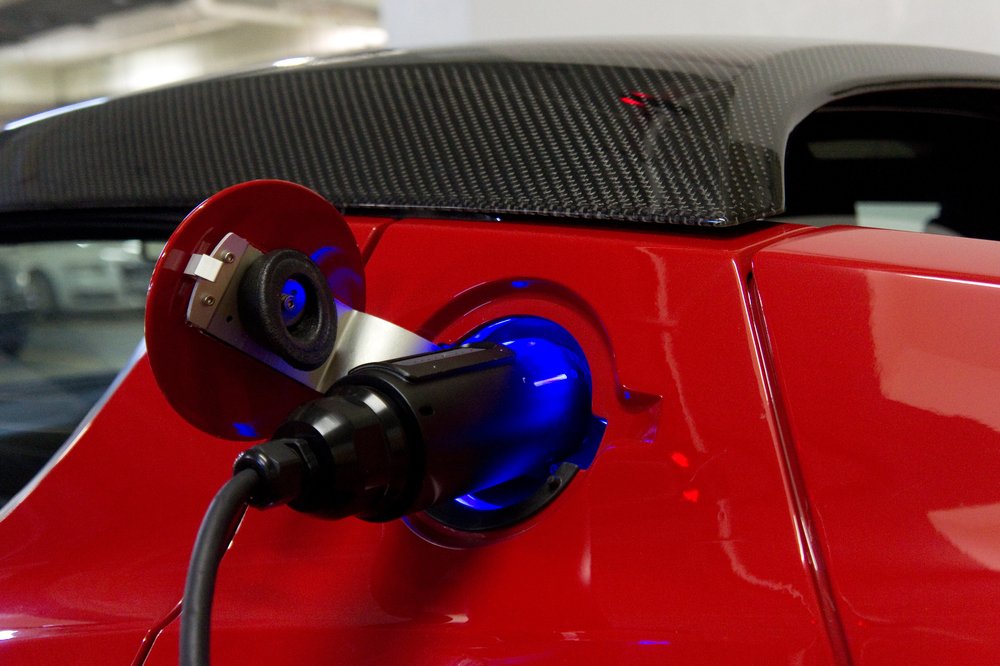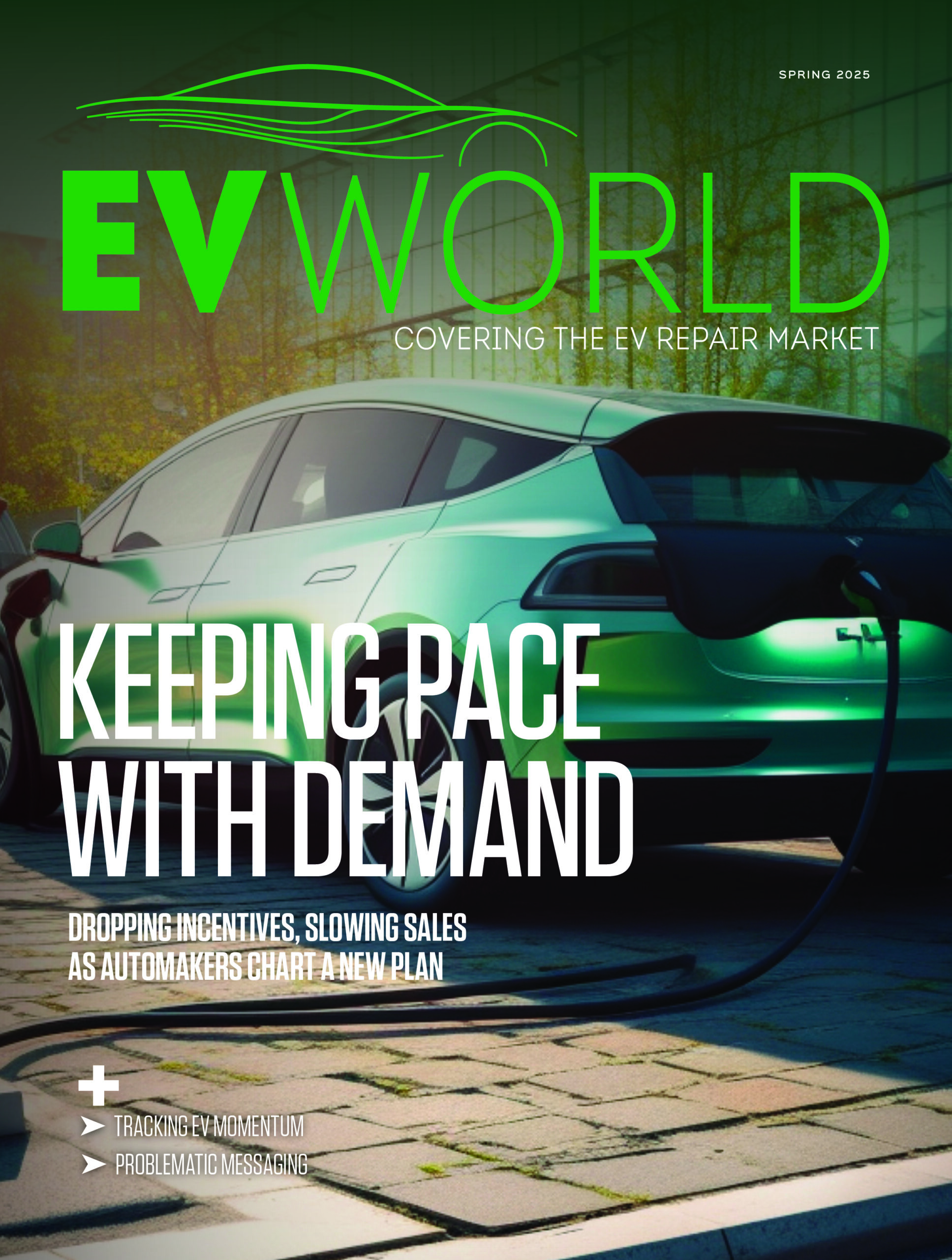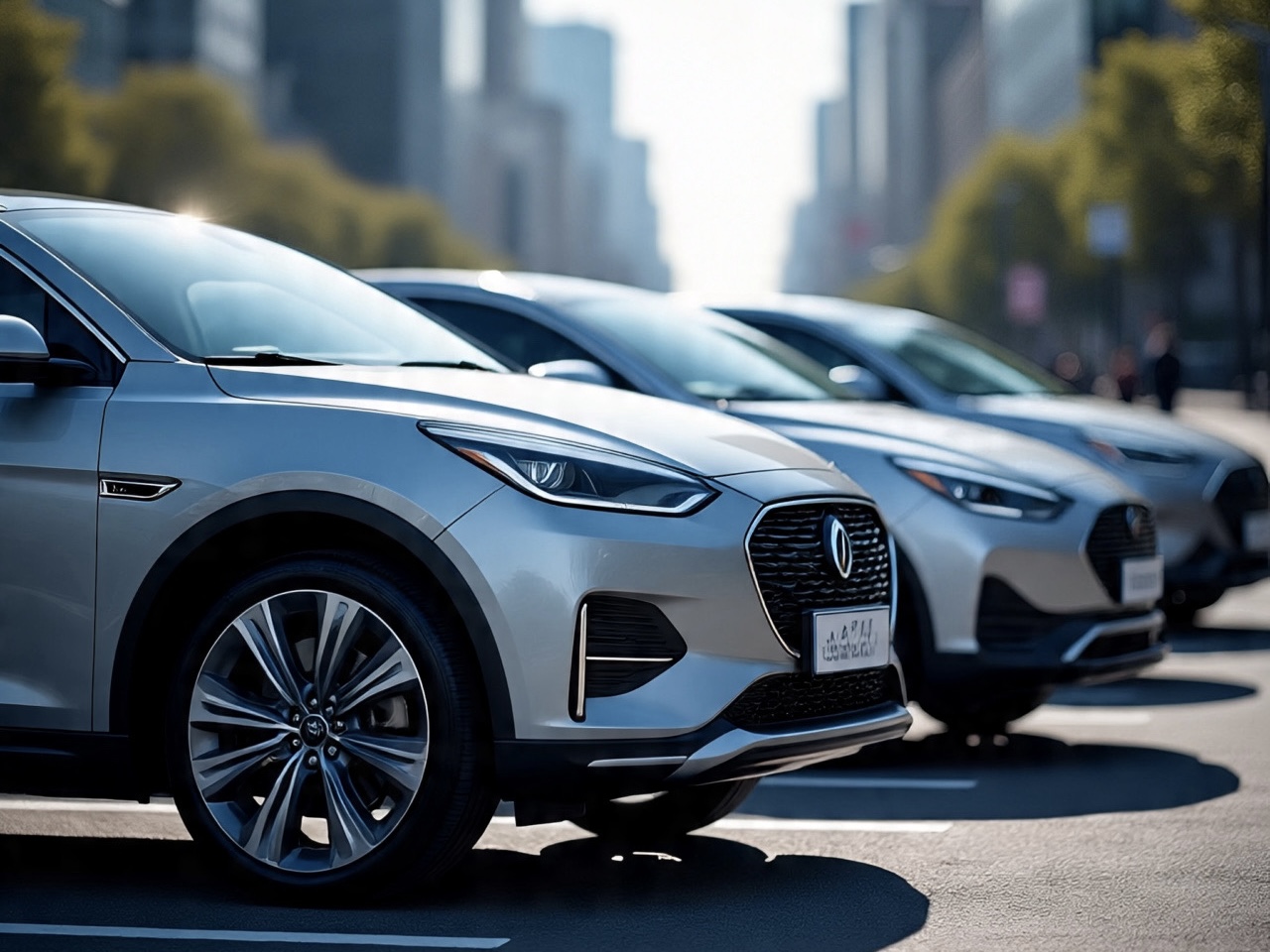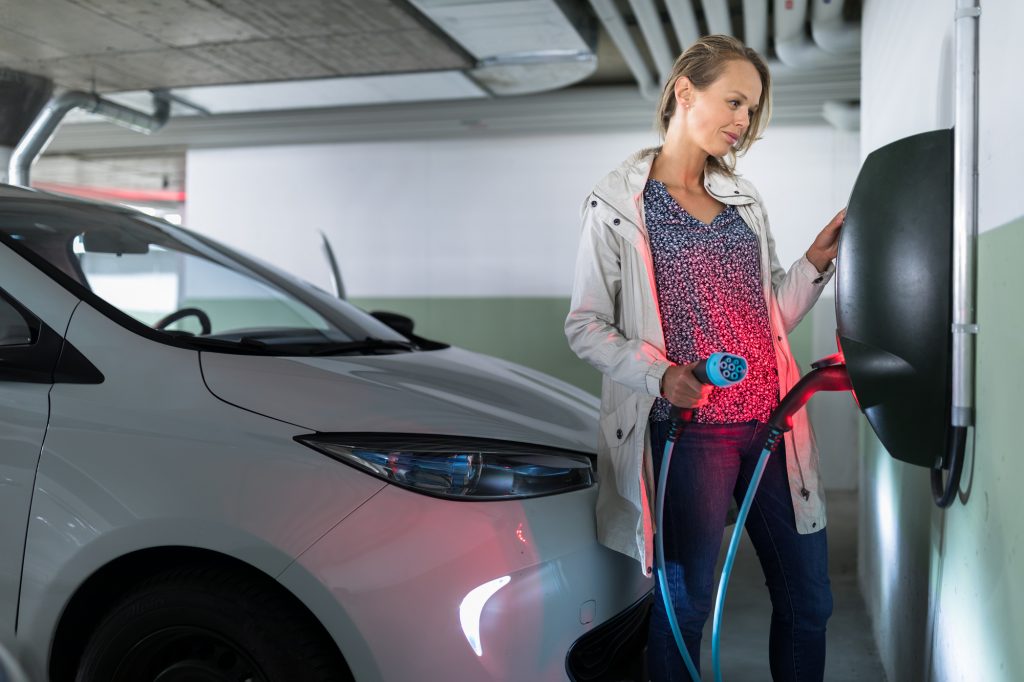
It will be a long time until electric vehicles equal the number of internal combustion engine ones on our roads but a recent industry expert gave his best guess to try and narrow down a window.
With about 1 per cent of the share of vehicles in operation, EVs don’t make up too many vehicles on roads today. So the automotive aftermarket doesn’t need to worry too much about them just yet, noted Todd Campau, aftermarket practice lead at S&P Global Mobility.
“EV sales have slowed. I would not say they’re shrinking, but they are not growing at the rate that we’ve been used to,” he said during the Three Dragons session at this year’s MEMA Aftermarket Suppliers Conference in Detroit. “They’re still coming. This is normal. Don’t get too concerned about it just yet, but it certainly slowed a little bit.”
Beyond the fact that there’s a relatively small share of EVs, they’re also very young.
So to answer the question of how long until both vehicle types are on a level playing field, he looked at another automotive trend that has taken place over the last couple of decades.
“So I compare this to the shift from passenger cars to light trucks. Twenty years ago, passenger cars dominated the vehicle fleet at a rate of about 57 to 43 [per cent],” he explained.
Over the next few years, the gap narrowed and got closer to 50-50. It was around 2012 when we reached the point where light trucks took off and now passenger cars make up only a third of the vehicle fleet.
Bottom line: It’s going to take a long time for EVs with 1 per cent market share to get to about half.
“Even if you’re going to sell all EVs tomorrow, it will take us a decade or more to get to 50 per cent,” Campau said. “We’re not selling 100 per cent of these tomorrow. So there’s a long time for your internal combustion parts to [satisfy] the market.”
When pressed for a year, Campau pointed to 2045 as the earliest date for parity. That’s 21 years away. There are 300 million vehicles in the U.S. right now — that means 150 million vehicles or more will be sold in the next 20 years.
What’s stopping it from happening sooner? Prices are a major stumbling block.
“With the price of an EV, we already know that the majority of new vehicle purchases … are purchased by upper-income households. That’s only going to get worse with electric vehicles,” Campau said.
However, prices are also going up for new ICE vehicles. So if prices stay out of reach, that’s continued good news for the aftermarket.
“So you’ve got a whole segment of the marketplace that literally cannot afford some of these prices,” he said. “And so I think we could see elongation of the lifecycle in the ICE fleet. So I think we’re probably 20 years away [from EV parity].”













Leave a Reply